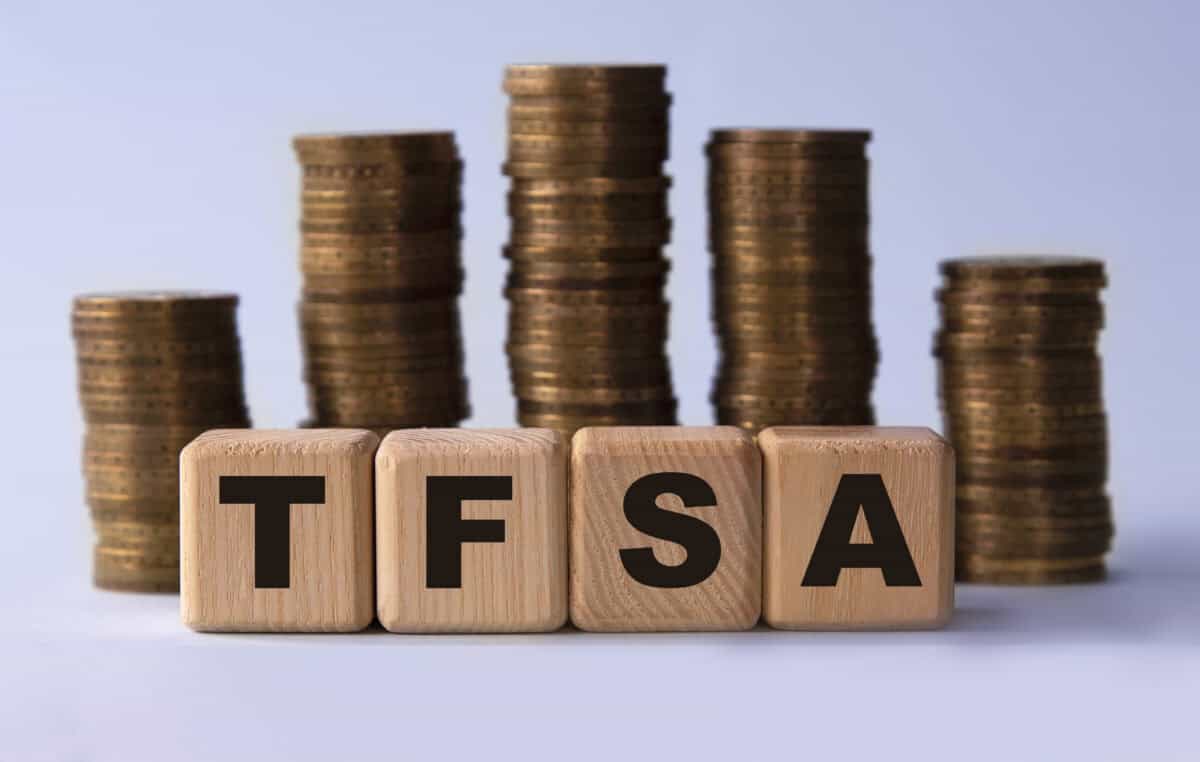Introduced more than 15 years ago, the Tax-Free Savings Account (TFSA) is a popular registered account in Canada. It is a tax-sheltered account, meaning any TFSA returns are exempt from Canada Revenue Agency taxes. Moreover, you can buy and hold various qualified investments in the TFSA, including stocks, bonds, mutual funds, and exchange-traded funds.
The maximum cumulative TFSA contribution room increased to $95,000 in 2024. Now, most Canadian investors should hold a basket of stock and bond ETFs in the TFSA to benefit from diversification and lower portfolio risk. However, Canadian investors with a higher risk appetite may allocate around $15,000 toward individual stocks to generate outsized gains over time.
Let’s see how you can use the TFSA to earn more than $8,600 in annual passive income.
Invest in high-dividend stocks such as Alvopetro Energy
Alvopetro Energy (TSXV:ALV) is a Brazil-based upstream and midstream operator with a market cap of $190 million. It is the first Brazilian integrated onshore natural gas producer. The energy company aims to unlock onshore natural gas potential in the Brazilian state of Bahia by building natural gas projects and expanding its strategic midstream infrastructure.
Alvopetro’s operating revenue has increased from US$10.6 million in 2020 to US$48.7 million in the last 12 months. Due to its strong revenue growth, the oil and gas stock has returned close to 250% to shareholders in the last five years after adjusting for dividend reinvestments.
In the second quarter (Q2) of 2024, Alvopetro’s operating netback stood at US$64.30 barrels of oil equivalent. The operating netback metric measures the profitability of producing commodities such as crude oil and natural gas and provides insight into a company’s operational efficiency.
In the June quarter, its funds flow from operations stood at US$7.9 million or US$0.21 per share. Its funds from operations (FFO) fell by US$3.1 million due to lower sales volumes and realized prices. However, the company announced a 49% increase in production in Q3.
Alvopetro has a disciplined capital allocation model where it reinvests around 50% of its FFO in organic growth while the remaining is distributed to shareholders via dividends. The company has already returned close to US$44 million to shareholders in dividends and will soon begin a share-buyback program.
Alvopetro spent US$3.4 million in capital expenditures in the June quarter, while its dividend payouts amounted to US$3.3 million.
Is Alvopetro stock a good buy right now?
Alvopetro pays shareholders a quarterly dividend of $0.12 per share, translating to a dividend yield of over 9%. In addition to its tasty dividend, Alvopetro is forecast to increase its adjusted earnings per share from $1.05 in 2023 to $1.35 in 2025. So, priced at four times forward earnings, the energy stock is cheap and trades at a discount of 48%, given consensus price target estimates.
| COMPANY | RECENT PRICE | NUMBER OF SHARES | TOTAL DIVIDEND | CAPITAL GAINS | TOTAL POTENTIAL PAYOUT |
| Alvopetro | $5.20 | 2,884 | $1,413 | $7,200 | $8,613 |
An investment of $15,000 in Alvopetro stock would help you earn close to $1,410 in dividends over the next 12 months. Moreover, if the stock trades near its target price, your cumulative returns (including capital gains) will be roughly $8,610.









